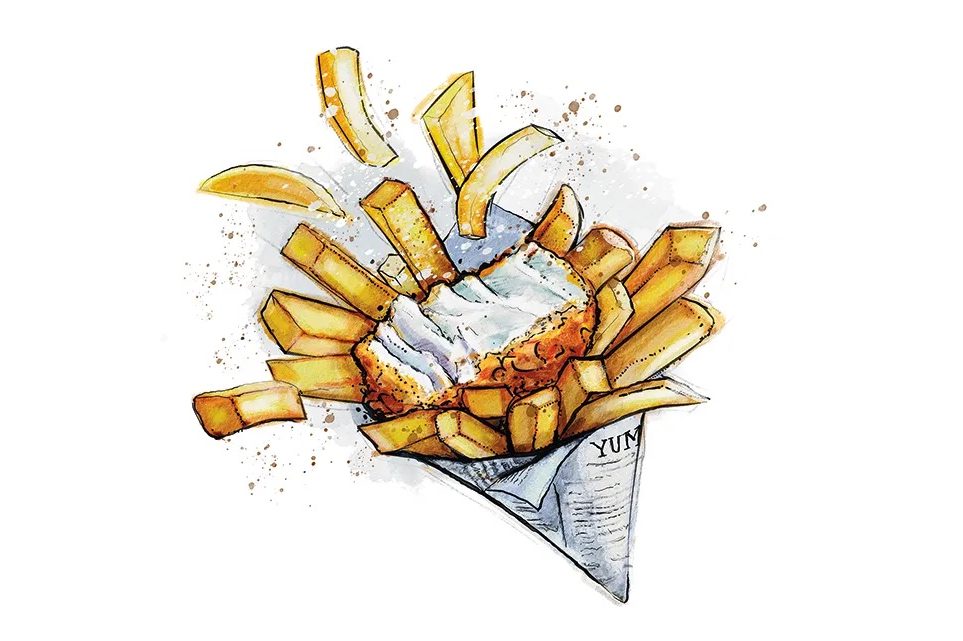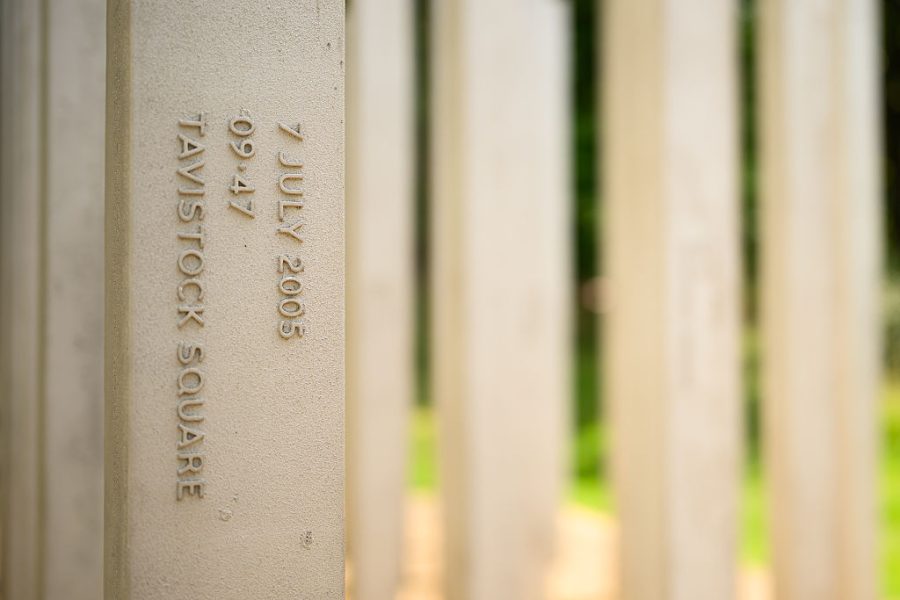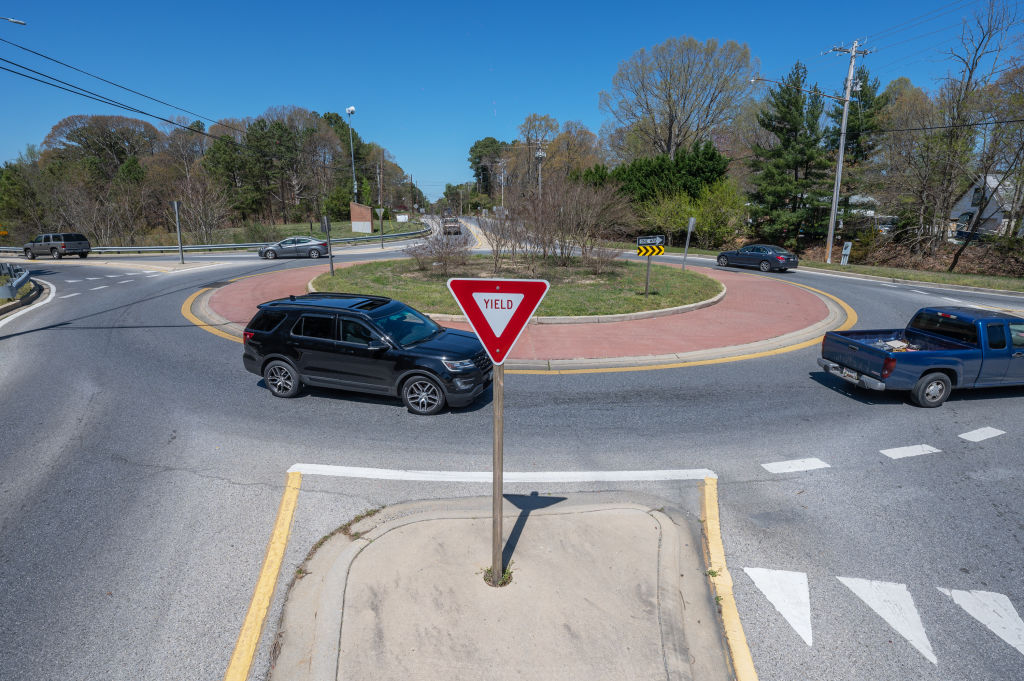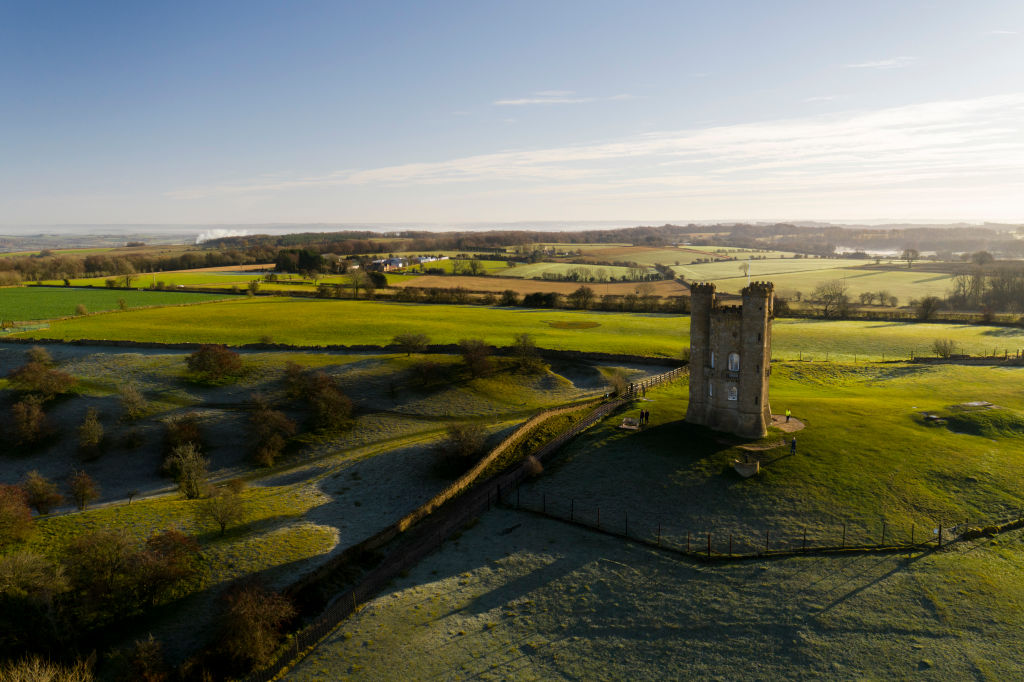The last meal my parents had before I graced the world with my presence was fish and chips, so I like to think it forms part of my origin story. Growing up on the coast, fish and chips featured in all its forms: bags of chips clutched on windy beach walks; takeaway fish suppers brought home by Dad, steam escaping from cardboard boxes; and the ultimate luxury, a sit-in experience at Colmans, the South Shields king of fish and chip restaurants, accompanied by a slice of bread and butter and a cup of tea. I was built on fish and chips; salt and vinegar course through my blood.
Battered fried fish was brought over to London by Jewish immigrants coming from Spain and Portugal, via the Netherlands, as long ago as the sixteenth century. It followed the pescado frito method of frying fish in oil, which, as well as being delicious hot, was far more palatable cold than if it had been fried in butter. This meant that it could be cooked for supper at the start of Shabbat, but still be eaten cold the following afternoon, when cooking was prohibited.
It wasn’t until the Victorian explosion of street food, though, that fried fish became the British staple that it is today. During World War One, the government protected supplies of fish and chips, while during World War Two, it was one of the few foods not subject to rationing.
Fried fish is fast food and when it first became popular it was cheap too. It’s hot, nutritious, filling and an economical way to feed a family. But that’s a very functional way to look at its long-standing appeal. Deep-frying in batter is actually the perfect way to cook something as delicate as fish: the batter protects the fish, bubbling up to form an edible shock absorber that allows you to cook it hot and fast without destroying it. But even that doesn’t do it justice: it’s the crunch of batter, firm fillets flaking under a fork, golden scraps lurking underneath, and fat chips, crisp on the outside but soft within, with one or two giving themselves up to the sog of the vinegar.
I shied away from homemade fish and chips for a long time, convinced it was one of those dishes that would be vastly inferior made in my kitchen. But a lackluster range of options where I now live has forced me to have a go — and the result was both far easier and far more delicious than I anticipated.
Fish batter comes together in seconds and cooks in minutes. But good fish and chips live and die by that batter. It needs to cling to the fish while bubbling up into something that is robust but light. The combination of fizz and self-raising flour creates bubbles in the batter, which means that when it hits the hot oil, it inflates like a lifejacket. Sparkling water gives a lighter batter, in color, taste and texture more like a tempura, but using lager or beer brings something a bit sturdier, with a bit more flavor, and gives you that beautiful amber color when the batter cooks. It’s perfect for traditional fish and chips.
It’s slightly annoying that Heston Blumenthal developed the triple-cooked chip method and publicized it so well. Because we now know that triple-cooked chips really are the best chips. Thankfully, it’s not quite as arduous as it sounds: once you’ve peeled and chipped the potatoes, they are boiled until tender and left to cool. They’re then fried but at a low temperature (265°F), which will cook all the water out of the potato, so that when you cook them again later at 355°F, they become crisp and golden on the outside, while staying fluffy on the inside. This method also means you can do a lot of the chip prep in advance, and just leave the chips in the fridge until you’re ready for the final fry.
Serve in whatever way makes you most happy: for me, that means more salt and vinegar than I would declare to my doctor. For my husband, it means accompanied by fat pickled onions and a wave of curry sauce. There’s no accounting for taste.
Serves 2
Takes 20 mins
Cooks 30 mins
- 1 lb 10½ oz floury potatoes (e.g. Maris Piper or Russet)
- 2 skinless, boneless haddock fillets
- 7 oz self-raising flour
- 10 fl oz beer, cold
- Pinch of fine salt
- 1 liter vegetable oil
- Peel and cut potatoes into chips, roughly an inch thick. Sit them in cold water for five minutes before draining, then place under running water for another couple of minutes to rinse off as much starch as possible
- Bring a pan of salted water to the boil, add the chips, and simmer until the potato is tender, but not quite falling apart. Drain the potatoes gently, spread out in a single layer on paper towels, and leave until completely cool
- Heat oil in a deep fat fryer or a large, deep pan to 265°F; do not fill more than ⅔ full with oil. When at temperature, cook the cold, dry chips until they are just starting to color. Lift the chips from the oil with a slotted spoon on to paper towels, and leave until completely cold
- Heat oil to 365°F and cook chips until golden brown, 8-10 minutes. Lift them out with a slotted spoon and salt immediately; you can keep them warm in the oven while you cook the fish. Keep the oil at this temperature while you make the fish batter
- Put the flour and a pinch of salt in a large bowl, and then whisk the beer — straight from the fridge — into the dry ingredients. The batter should be the texture of pouring (light) cream
- Pat the fish dry on both sides with paper towels. Dip the fish into the batter, and let any excess batter drip back off into the bowl, then lower the battered fillets gently into the hot oil, away from you. Cook for 4-6 minutes, until the batter is crisp and golden
- Lift out of the oil, drain on paper towels, season generously with salt and vinegar, and serve immediately alongside the chips
This article was originally published in The Spectator’s UK magazine. Subscribe to the World edition here.

























